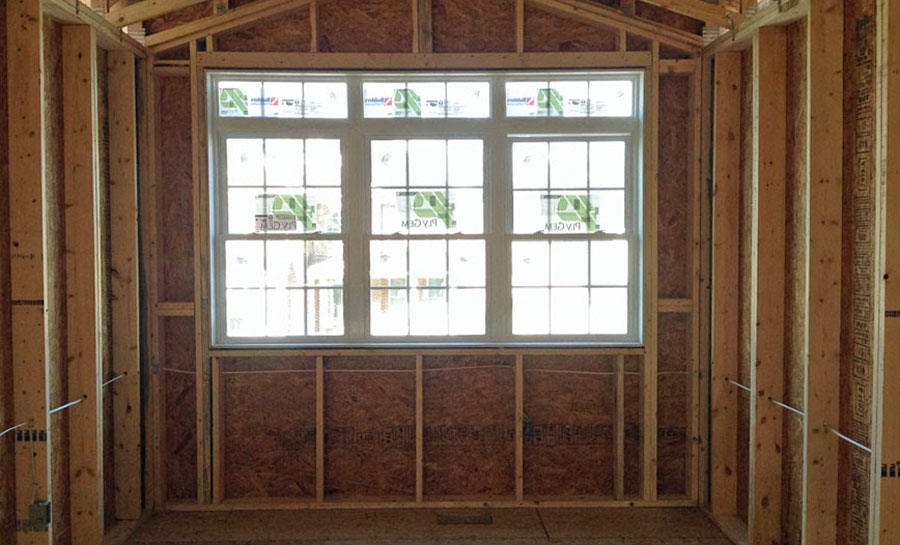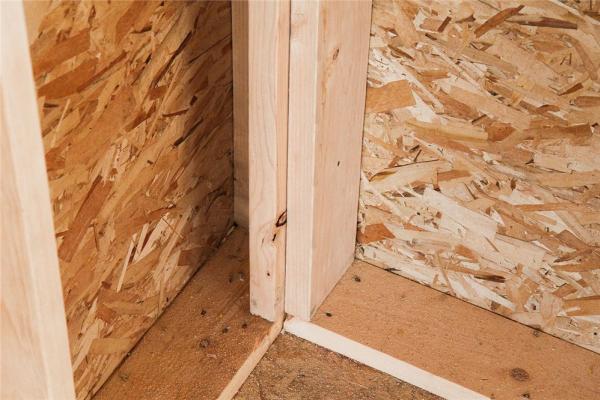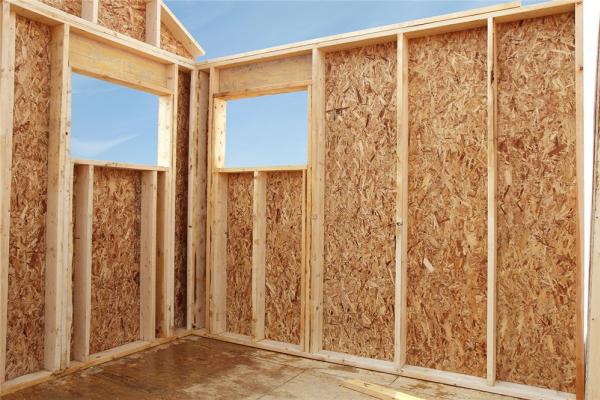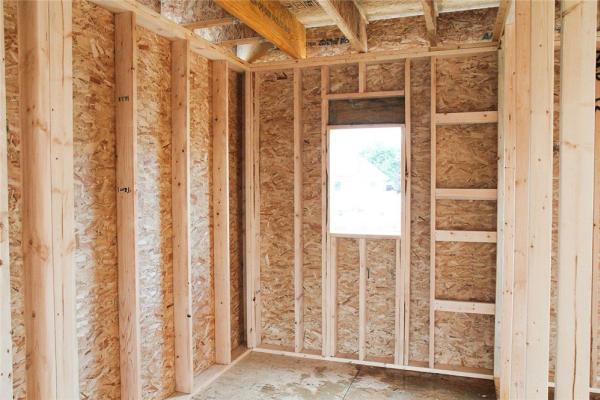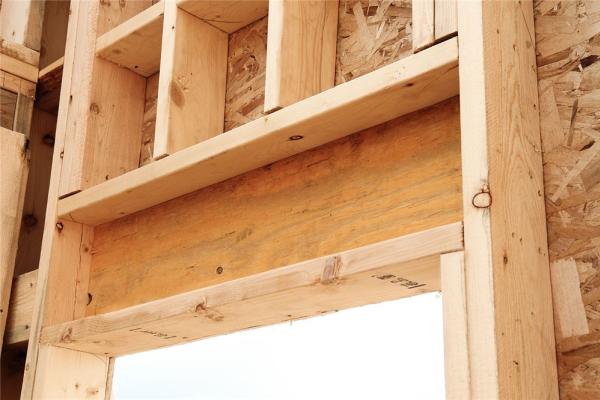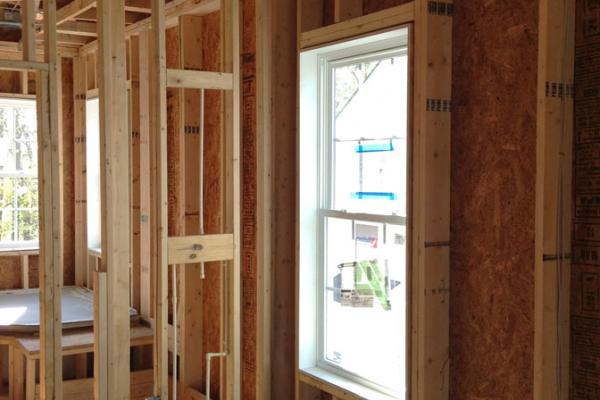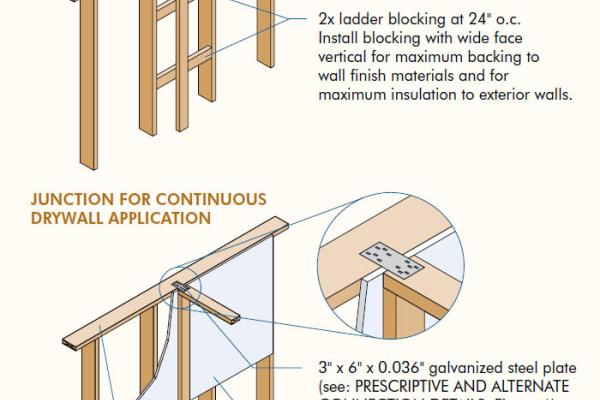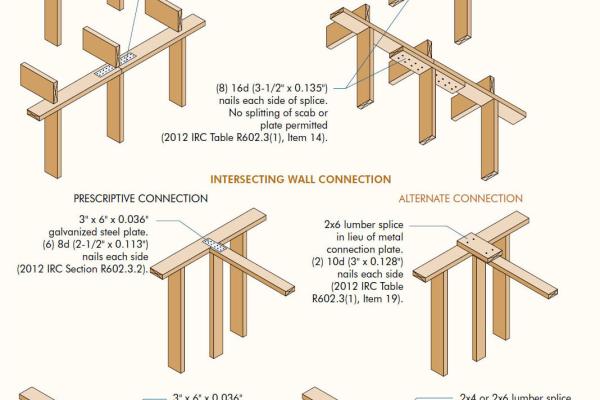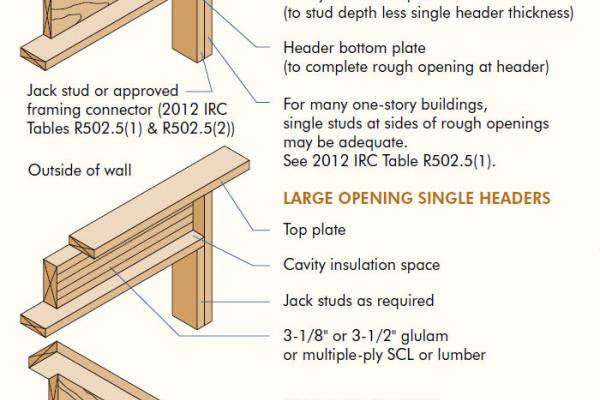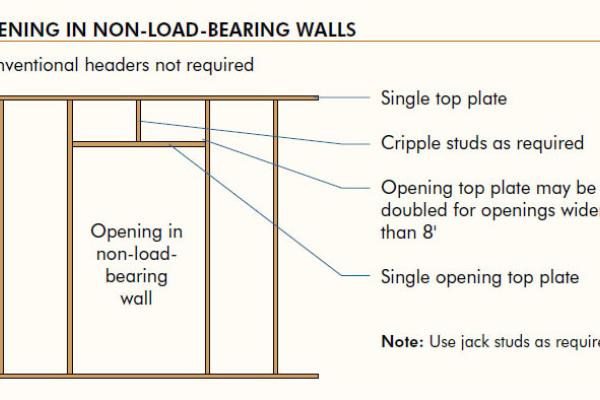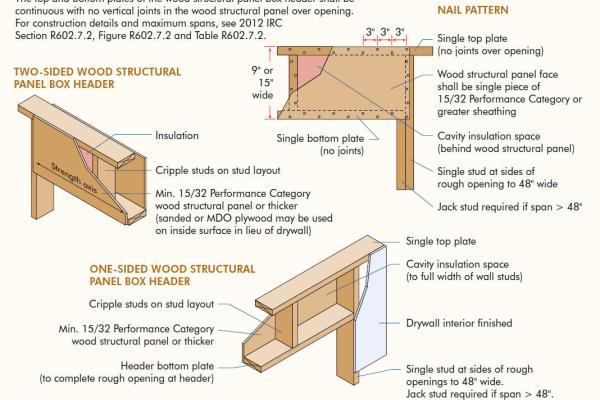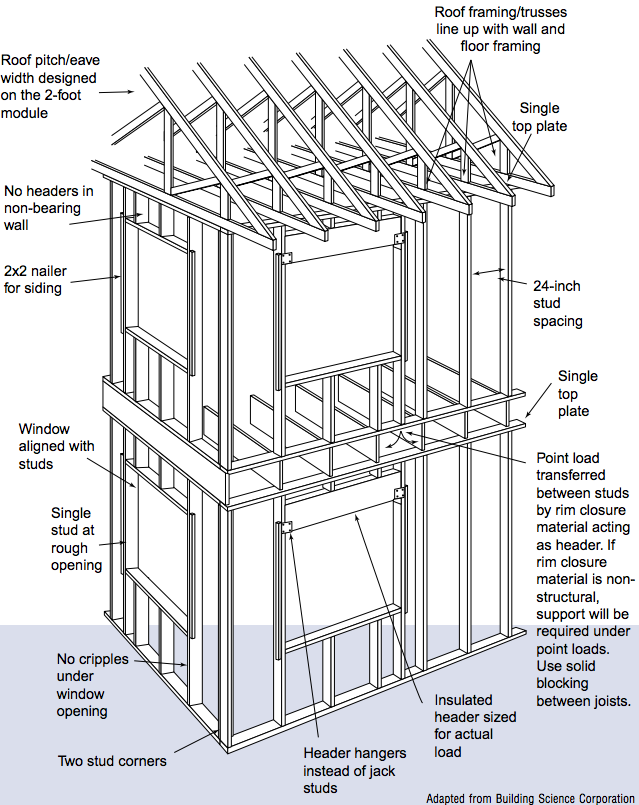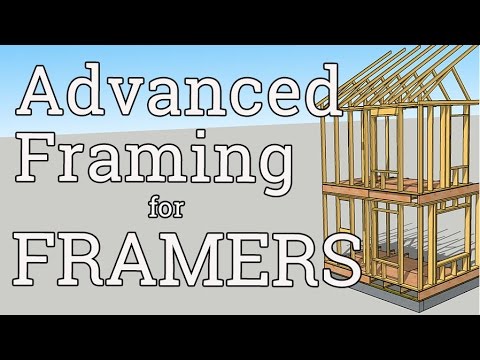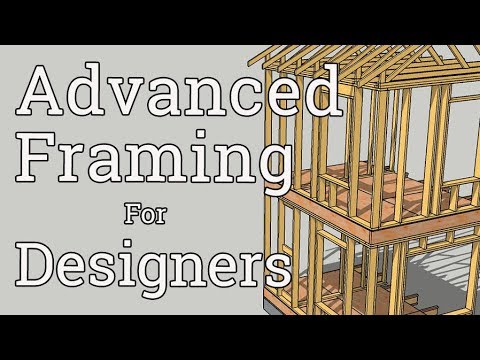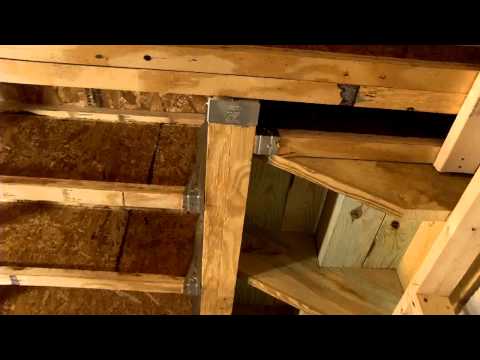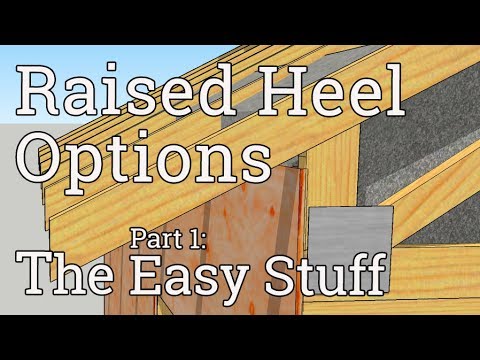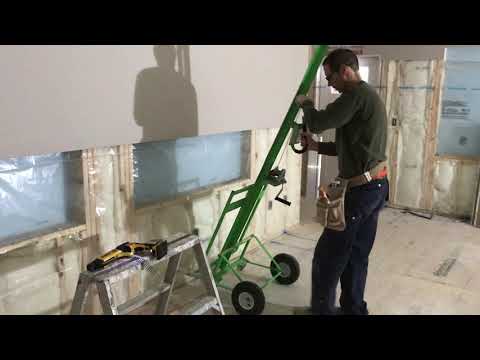Advanced framing has been around for fifty years or more, but somehow it is still new to many framing crews. Probably because tape measures have red marks every 16 inches, and we are all accustomed to framing at 16 inches on center.
But why is 16 inches the magic number? Why not 13, 14, 15, or 17, or 19.2?
Because of plywood, that's why. 48 inches is neatly divisible by 16.
NEWS FLASH: 48 is also divisible by 24.
When I began my carpentry career as a framer, I loved the structural aspect of what we built: a jungle gym that got bigger each day until it finally became a house that could withstand hurricanes and ice storms.
When I first heard someone refer to some framing as 'overbuilt,' I couldn't believe it. How could more wood NOT be better? Wood is good. That framing was solid.
And when I read about Optimum Value Engineering, I mistrusted it. It felt like some cheapskate bean-counter was trying to 'value engineer' a solid house into a skinny pile of sticks.
Like omitting every fifth rivet in an airplane to save 20% on rivets.
That's pretty much how timber framers felt when balloon framing was invented in the 1830s, and how Victorian-era balloon framing holdovers felt when platform framing and power tools were introduced in the early-mid 20th century.
The structure of houses continues to change, and the so-called Advanced Framing is the 'newest' iteration.
Everyone likes advanced framing ... except builders
Environmentalists like advanced framing because it uses less wood, which is a precious natural resource. Green builders like advanced framing because it makes more room for insulation—and they get green points, too. Engineers like advanced framing because it reduces thermal bridging, which causes heat loss and condensation.
Builders traditionally do NOT like advanced framing, for many reasons:
- Against code
- Makes drywall wavy
- Makes siding wavy
- Not strong enough
- Pain in the neck
- Change is bad
- Hate hippies
- All of the above
- Some of the above
All of these responses have at least a hint of truth to them, but they are also easily solved non-obstacles (except maybe the 'hating hippies' part, which sounds like a personal issue).
For starters, 24 in. o.c. has been in the code for longer than the IRC has existed
The oldest code book that I still have in my office is the 1995 CABO book, where 24 in. o.c. stud spacing is spelled out in Table 602.3d:
Twenty-four-inch spacing was in earlier versions of the code, too.
The next couple of problems with advanced framing—wavy drywall and siding—are a direct result of crowned or crooked studs — the best way to limit waviness of walls to cull the stud pile of the cruddy stuff. If you can't get straight studs in your area, use engineered studs. They're awesome.
Substituting 5/8-inch drywall instead of 1/2-inch drywall also works to stiffen and straighten the wall.
Energy codes are also getting stiffer (2012 and 2015 IECC, to be specific). Now, energy performance—MEASURED energy performance—is suddenly mainstream. Used to be that builders thought 24-inch spacing was against code; now, it is practically required by code.
Builder and remodeler Matt Risinger explains what parts of advanced framing he has implemented and why:
What he does:
Smaller and insulated headers, fewer studs that are 2x6, and corners that make space for insulation, rather than corners that are packed with wood and empty pockets.
Why he likes it:
Matt likes it because it saves the builder and the homeowner money while delivering a more comfortable quiet house.
The APA also has a lot of information on the topic
Why would the wood lobby try to convince you to use less wood? Because it actually makes sense.
This Engineered Wood Association video walks through the advanced framing process by visiting a framing jobsite in Illinois.
The first thing they talk about is using 2x6s spaced on 2 ft centers. We've already been over that.
They also cover corners, headers, and wood sheathing panels.
Insulated corners reduce cold spot
Outside corners and places where interior walls intersect exterior walls are typically a mass of wood and uninsulated air pockets. By reducing the number of studs to three or two, builders can fit insulation into these cold spots.
Cold spots = mold spots
Because condensation.
Ladder blocking does the same thing at interior/exterior wall intersections: it lets you fill the air space with insulation.
Headers are a huge opportunity for energy improvement
It is pretty standard practice to double up a 2x10 and place it above all window and door openings in a house, regardless of whether they are load bearing, or what the actual load is.
Overkill is fine as long as it does not work against you.
If energy performance is your goal, big fat hunks of wood in walls that don't need them is a good place to start.
Sizing headers to their actual load can mean reducing a two-ply header to one-ply, reducing a double 2x10 to double 2x6, or even eliminating the structural header altogether.
A handy book that I used to keep in my truck was the US Span Book For Major Lumber Species written by the Canadian Wood Council. It cost me six bucks back in 2001 and appears to be about 40 bucks now at amazon. Or you can see it free here (headers begin on page 12 of the PDF).
With fewer studs, racking resistance is more important
4x8 plywood or OSB panels have been pretty much ubiquitous in residential construction since the 70s, so using plywood or OSB to sheath walls should come with no extra baggage.
Some people recommend omitting most of the wood wall sheathing in favor of exterior rigid foam, using plywood or OSB on the corners and in shear wall locations.
You can also use 1x4s let-in to the studs on an angle running from bottom plate to top plate for racking resistance and many other shear wall solutions, which you can find in the resource section below.
A couple more steps at the framing stage that you can take to boost energy performance:
Raised heel trusses, which allow a lot more insulation where roofs meet walls (and where insulation is often compressed).
Gaps where interior walls intersect exterior walls: holding the wall an inch or so off the exterior wall so that the stud bay can be fully insulated and the drywall can extend in a single plane without disruption. I know, I didn't believe it either until I saw it on a production framing job site in Maryland. see the slideshow.
Advanced framing information sources:
Building Science Corp:
Home Innovation Labs:
- System Evaluations & Specifications: Advanced Header Framing Design for High-R Wall Systems
- TechSpec: Advanced Framing Techniques
- Advanced Framing: An Examination of its Practical Use in Residential Construction
APA: The Engineered Wood Association:
